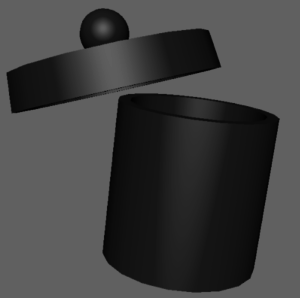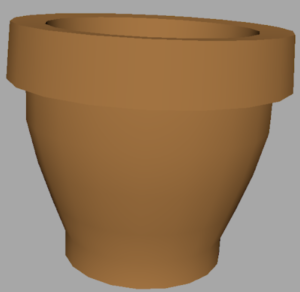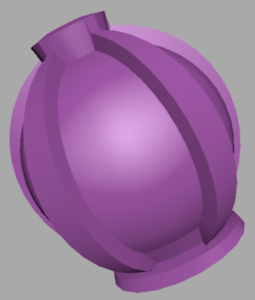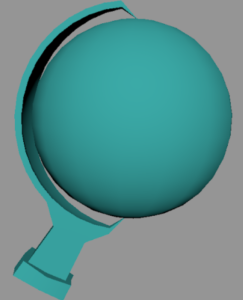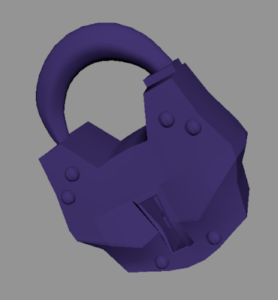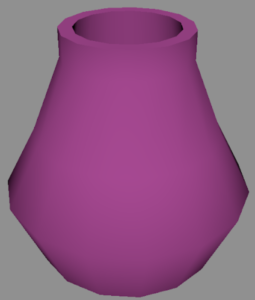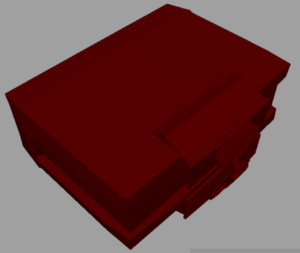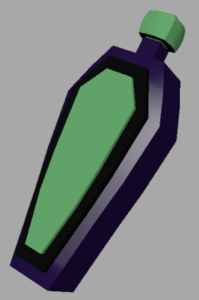The Project
My project idea is to create an interactive virtual reality tech demo where the player character can interact with various physics objects in their environment. The setting is in a wizard’s hut filled with strange plants, viles, books, and a cauldron. The focus of this experience is to mix potions in the cauldron in the middle of the room. They would do this by selecting object and pouring/placing them in the cauldron to make various potions with increasing difficulty and powerful effects. There will be a large potion book the player can flip through to see the various potions they’ve made and how they made them.
Last semester in my animation class my final project was a wizard’s room stylized to look like a low poly game similar to late 90s and early 2000s 3D games. While the model in the final project were serviceable, over the course of the past couple of months my skills in 3D modeling and texture work have advanced. Because of this I wanted to revisit that old project in a new light. I really love 3D environmental design and focusing my thesis around it seemed like the obvious choice. This project will also give me a great portfolio piece once it’s complete because I hope to pursue 3D environmental design and texturing as a career.
Why My Project?
There are a lot of VR games and experiences already out there, but I feel very few take advantage of their medium. The goal of my project is to create an immersive environment the player and walk through and interact with in an engaging way. I’ll be focusing on VR headsets that include handheld controllers to help with this immersion. The player will need to physically reach out and grab the objects they want to interact with and maneuver. The experience will be a calming one the players can easily jump in and out of, it’s not meant to have a lot of mechanics. It’s something they’d play to unwind.
I’ve seen a lot of different VR games, from ports of popular console titles to game specifically made for the console. What I feel will separate mine is its overall tone. It’s meant to relieve stress and help the player relax similar to something like Abzu (a game where you gently move through a colorful and scenic ocean) but with the interactivity and VR capabilities of a game like I Expect You To Die (a spy games that has you go through various missions but has time limits and different elements to increase the difficulty of each stage and induce stress).
Style
My project takes a lot of aesthetic influence from 3D games that came out in the late 90s and early 00s. These games had a more cartoonish styles (whether intentional or not) due to the limitations of the hardware at the time. This resulted in characters and environment with sharper edges and clear geometric shapes in their designs. My project won’t actually be low poly like their inspiration, but rather a more modern version of that style. My models will be more details and have cleaner models, but retain that geometric focus and cartoon aesthetic.
From Concept to Prototype
Taking this project from concept to prototype will be a bit of a challenge, but one I’m confident I can complete. My first step would be modeling the different environmental set pieces that will be in the scene using various programs (Maya, Zbrush, Substance Designer) then arranging them into a game engine. I’ll be using Unity for this project because of it’s VR capabilities. Once in Unity I can begin to assemble the scene and fiddle with the physics of the engine. From there I will write and edit code to make it into a proper interactive experience.

